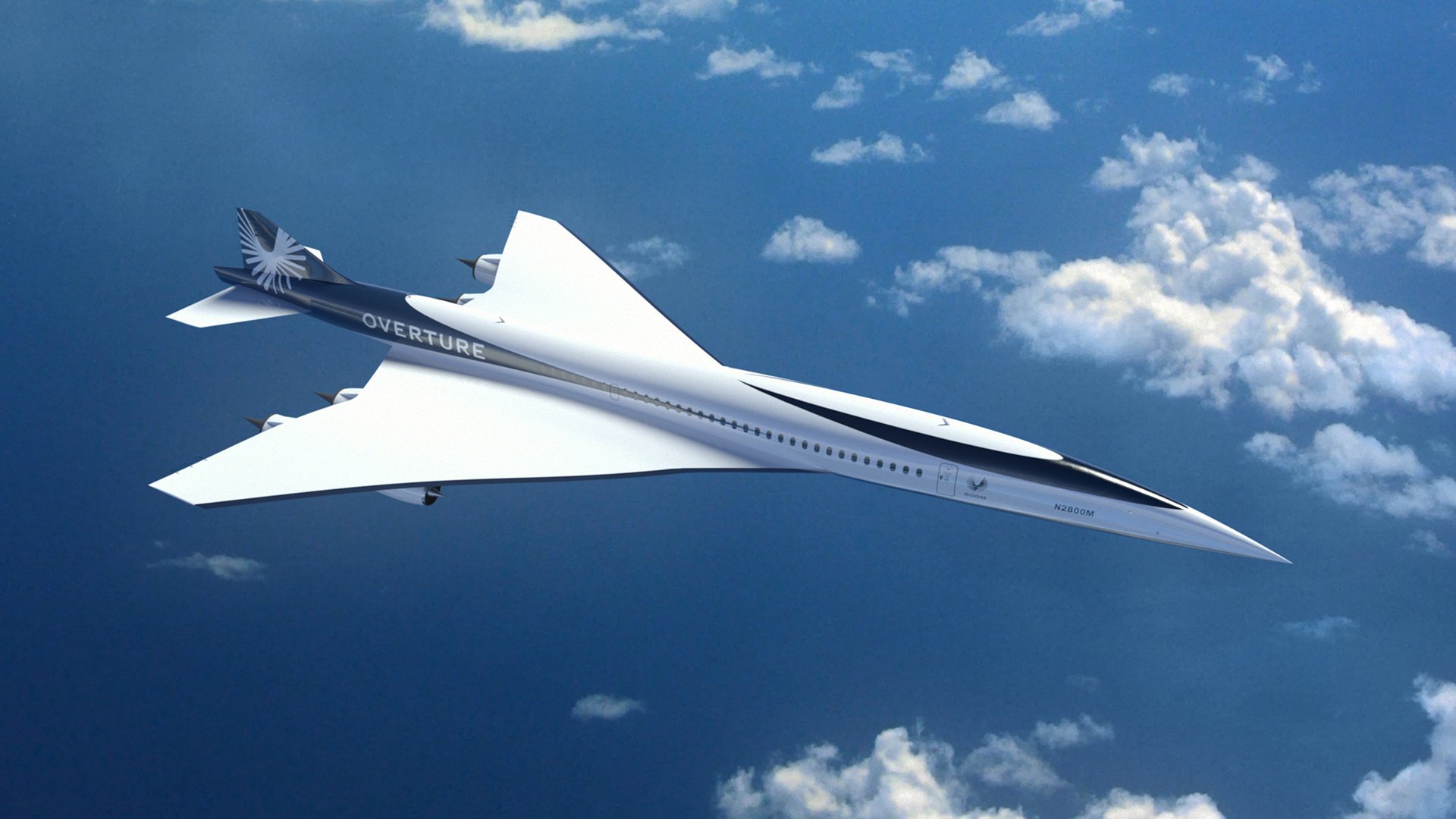Adidas Running’s 2025 Lineup Has a Few Surprises
Dec 14, 2025China’s New 12,000mph Engine Slashes 20-Hour Flights To 50 Minutes As Hypersonic Travel Finally Arrives
- Aug 18, 2024
- 0 Comments
557

Recent advancements in aircraft engine technology have been more than impressive, especially with innovations like the Supersonic Hydrogen Jet That Could Change Ultra-Luxury Travel to the World’s First Supersonic Private Jet Flight; there have been some impressive developments. But this new Chinese Detonation engine for hypersonic flights has astonished the aviation industry with its extraordinary speed.
RELATED: Pilot Pulls Off Jaw-Dropping Sideways Landing In Airbus A380 At London Heathrow
From Mach 2 To Mach 16
The world witnessed the Supersonic aircraft Concorde’s first flight in March 1969 and last in November 2003, ending an era when supersonic travel was expected to revolutionise aviation.
China now claims to have developed the world’s most powerful detonation engine which could redefine the boundaries of speed and altitude for aircraft, as detailed in a peer-reviewed paper published in the Chinese Journal of Propulsion Technology. The engine was developed at the Beijing Power Machinery Institute, China’s largest ram jet engine manufacturer, and is the brainchild of the work led by Zhang Yining.
The paper suggests that this revolutionary engine could push an aircraft to Mach 16, or over 12,250 mph (19,700 km/h), at an altitude of 18.6 miles (30 km). Compared to the Concorde’s maximum speed of Mach 2, or 1,354 mph (2,179 km/h), this is an incredible leap forward. With a Mach 16 engine, a flight from New York to Sydney could take less than 50 minutes, compared to the current journey time of over 20 hours.
How It Works
The paper states that this engine operates in two modes: as a continuous rotating detonation engine below Mach 7, where air and fuel create a rotating shockwave for continuous thrust, and as a straight-line oblique detonation engine above Mach 7, maintaining thrust through a circular platform at the engine’s rear.
You still might be wondering about the efficiency of this revolutionary engine. Unfortunately, the paper doesn’t disclose specific numbers but previous scientific estimates suggest that nearly 80% of chemical energy can be converted into kinetic energy through detonation in comparison with traditional turbofan engines that achieve only 20% or 30% efficiency.
The team claims their design, which combines rotational and straight-line detonation, is a world first and could improve efficiency drastically. The developers of the engine said this:
“This solution has obvious advantages and is expected to improve the optimal thermodynamic cycle efficiency in nearly all speed ranges, bringing a revolutionary change in aerospace propulsion.”
While the engine shows promise, the researchers are also cautioned that relying solely on paper is insufficient for practical use. The first sustainable detonation engine was developed during the Cold War. However, it faced challenges with shockwave control, so its use was never made practical.
Nowadays, other than China, companies around the globe are competing to build an engine that can fly at a supersonic speed with safety. NASA and contractors such as GE recently conducted ground tests on high-speed prototype engines, and America’s Boom Supersonic appears to be the closest to bringing back supersonic passenger jets.
Publisher: Source link







